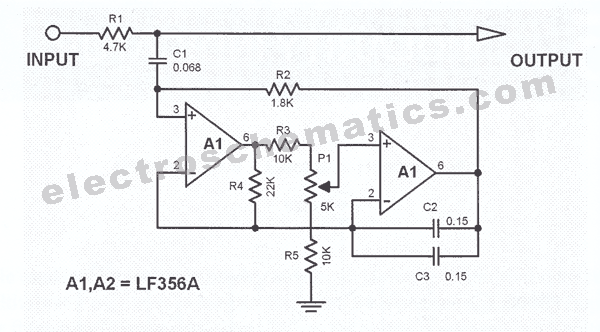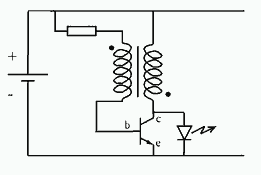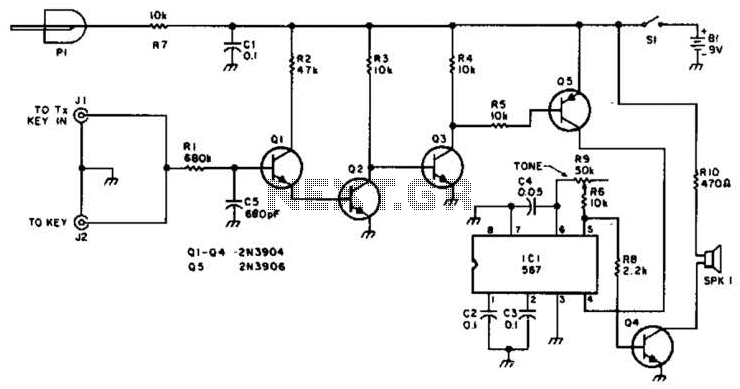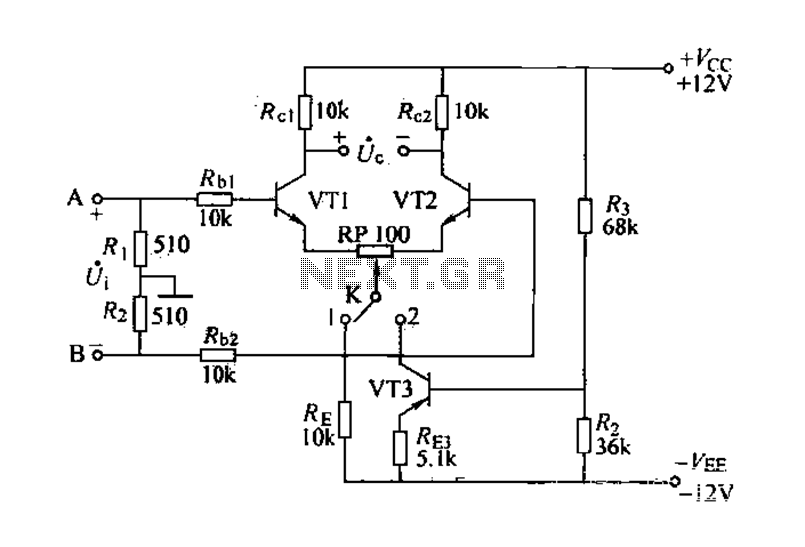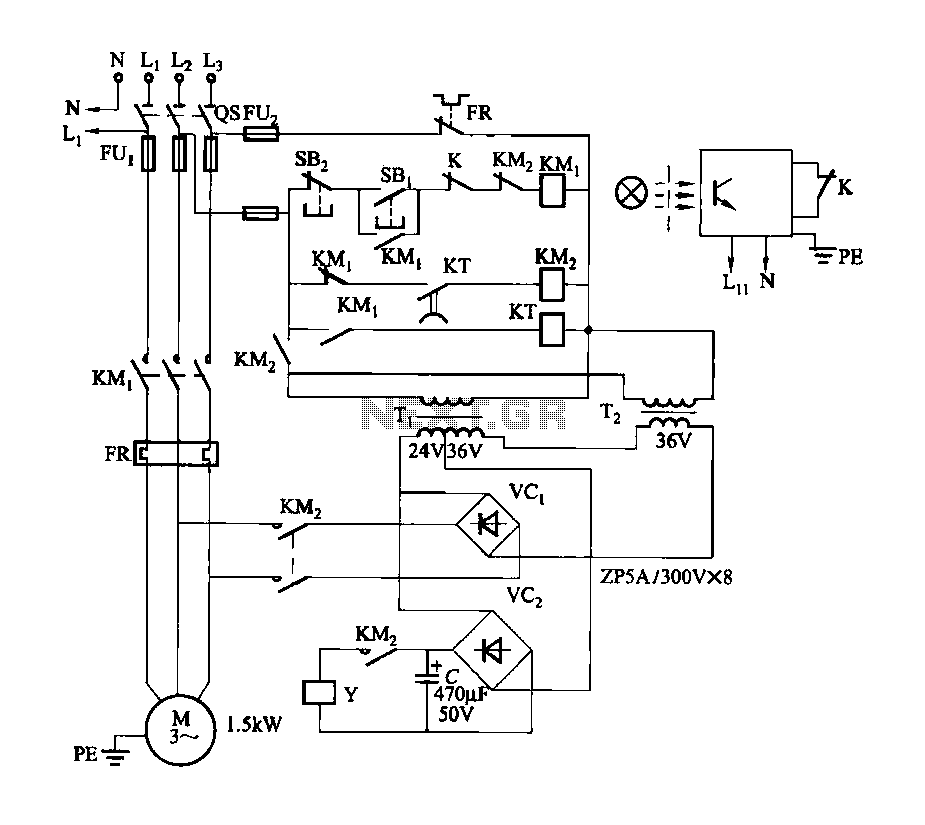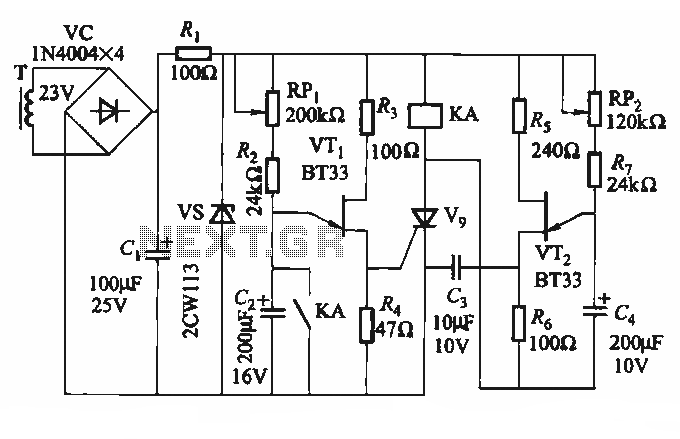
fm if mw radio receiver circuit using la1260 ic
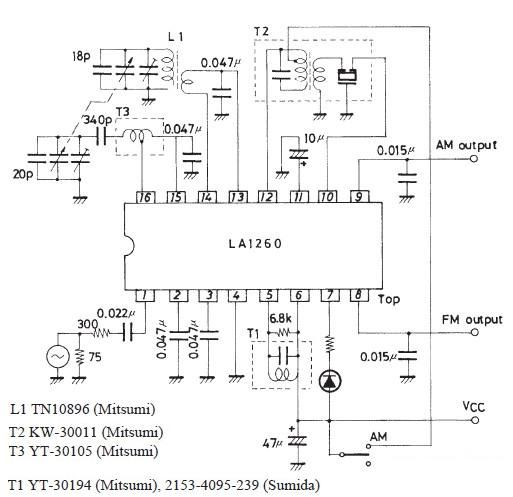
The FM IF MW radio receiver circuit schematic utilizes the LA1260 integrated circuit (IC) for AM and FM radio receiver electronic projects. The LA1260 incorporates numerous functions and features essential for radio receiver applications, including a high signal-to-noise ratio (S/N) of 81 dB for FM and 53 dB for AM. It features a low-level AM oscillator with automatic level control (ALC), capable of handling medium wave (MW) signals at 130 mV and short wave (SW) signals at 70 mV to 90 mV (7 MHz). The circuit minimizes AM whistle interference, achieving a whistle rate of 1% at an input of 100 dB/m. Additionally, it includes an on-chip LED tuning indicator driver, an FM/AM selector, and independent output pins for FM and AM. To maintain optimal performance, the AM local oscillation components, AM local oscillation coil, and antenna circuit parts, such as the bar antenna, should be physically separated to prevent degradation of quality factors (Qs). Specifically, pin 16 (AM oscillation injection pin) and pin 14 (RF input pin) must also be kept apart. The recommended power supply voltage for this radio receiver circuit is 4.5 volts DC, although the LA1260 IC can operate within a voltage range of 3 to 8 volts DC.
The LA1260 IC is designed to facilitate the construction of efficient AM and FM radio receivers, making it an ideal choice for electronic hobbyists and professionals alike. Its high S/N ratio ensures clear audio reception, which is particularly beneficial in areas with weak signal strength. The built-in low-level AM oscillator with ALC enhances the receiver's ability to handle varying signal levels, ensuring consistent performance across different frequency bands.
The separation of components within the circuit is critical for maintaining performance integrity. The AM local oscillation coil and antenna circuit should be distanced from one another to reduce interference and optimize the receiver's sensitivity. The layout should be designed to minimize crosstalk between the AM oscillation injection pin and the RF input pin, as proximity can lead to signal degradation and affect overall performance.
The inclusion of an LED tuning indicator allows users to easily determine when the receiver is properly tuned to a station, enhancing usability. The independent output pins for FM and AM signals provide flexibility in circuit design, allowing users to connect to various audio processing units or amplifiers as needed.
In terms of power requirements, the specified operating voltage range of 3 to 8 volts DC provides versatility for different applications, enabling the circuit to be powered by various sources, including batteries or regulated power supplies. The recommended 4.5 volts DC serves as an optimal operating point, balancing performance and power consumption.
Overall, the LA1260-based FM IF MW radio receiver circuit presents a robust solution for radio reception, combining advanced features with practical design considerations to deliver a reliable and high-quality audio experience.As you can see in this FM IF MW radio receiver circuit schematic the LA1260 ic can be used in AM FM radio receiver electronic projects. LA1260 has integrated in the package many functions and features that are needed for radio receiver applications.
high S/N : FM 81dB, AM 53dB ;low-level AM oscillator with ALC MW 130mV SW 70 mV to 90 mV (7MHz) (2 4MHz) ;less AM whistle interference : whistle 1% at input 100dB/m. ;on-chip LED tuning indicator driver ;on-chip FM/AM selector; independent FM/AM output pins. The AM local oscillation parts, AM local oscillation coil, and antenna circuit parts such as bar antenna must be separated from each other as far as possible to prevent Qs from worsening. Pin 16 (AM oscillation injection pin) and pin 14 (RF input pin) must be separated from each other. The recommended power supply for this radio receiver circuit is 4. 5 volt DC, but the LA1260 ic accepts an input voltage range from 3 to 8 volts DC. 🔗 External reference
The LA1260 IC is designed to facilitate the construction of efficient AM and FM radio receivers, making it an ideal choice for electronic hobbyists and professionals alike. Its high S/N ratio ensures clear audio reception, which is particularly beneficial in areas with weak signal strength. The built-in low-level AM oscillator with ALC enhances the receiver's ability to handle varying signal levels, ensuring consistent performance across different frequency bands.
The separation of components within the circuit is critical for maintaining performance integrity. The AM local oscillation coil and antenna circuit should be distanced from one another to reduce interference and optimize the receiver's sensitivity. The layout should be designed to minimize crosstalk between the AM oscillation injection pin and the RF input pin, as proximity can lead to signal degradation and affect overall performance.
The inclusion of an LED tuning indicator allows users to easily determine when the receiver is properly tuned to a station, enhancing usability. The independent output pins for FM and AM signals provide flexibility in circuit design, allowing users to connect to various audio processing units or amplifiers as needed.
In terms of power requirements, the specified operating voltage range of 3 to 8 volts DC provides versatility for different applications, enabling the circuit to be powered by various sources, including batteries or regulated power supplies. The recommended 4.5 volts DC serves as an optimal operating point, balancing performance and power consumption.
Overall, the LA1260-based FM IF MW radio receiver circuit presents a robust solution for radio reception, combining advanced features with practical design considerations to deliver a reliable and high-quality audio experience.As you can see in this FM IF MW radio receiver circuit schematic the LA1260 ic can be used in AM FM radio receiver electronic projects. LA1260 has integrated in the package many functions and features that are needed for radio receiver applications.
high S/N : FM 81dB, AM 53dB ;low-level AM oscillator with ALC MW 130mV SW 70 mV to 90 mV (7MHz) (2 4MHz) ;less AM whistle interference : whistle 1% at input 100dB/m. ;on-chip LED tuning indicator driver ;on-chip FM/AM selector; independent FM/AM output pins. The AM local oscillation parts, AM local oscillation coil, and antenna circuit parts such as bar antenna must be separated from each other as far as possible to prevent Qs from worsening. Pin 16 (AM oscillation injection pin) and pin 14 (RF input pin) must be separated from each other. The recommended power supply for this radio receiver circuit is 4. 5 volt DC, but the LA1260 ic accepts an input voltage range from 3 to 8 volts DC. 🔗 External reference
Warning: include(partials/cookie-banner.php): Failed to open stream: Permission denied in /var/www/html/nextgr/view-circuit.php on line 713
Warning: include(): Failed opening 'partials/cookie-banner.php' for inclusion (include_path='.:/usr/share/php') in /var/www/html/nextgr/view-circuit.php on line 713
